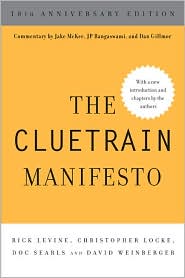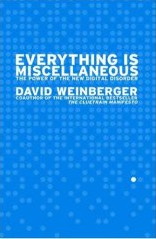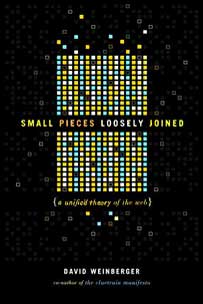February 22, 2020
Fixing Canadian wireless connectivity
On Feb. 19, 2020, Elliot Noss testified before the Canadian Radio and Television Commission about how to knock Canada off the very top of the list of the world’s most expensive mobile connections. It’s very much worth a read [pdf] or view.
Elliot is the president and CEO of Tucows, and the found of Hover and Ting. These companies are profitable, but they are also driven by Elliot’s commitment to supporting an open Internet … where openness includes open affordable. Ting, for example, provides excellent wireless service at prices that should make the Big Boys blush in shame — although they’d first have to look up “shame” in the dictionary — while also providing what may be the best customer service in the world. Not exaggerating. Hover is also a very excellent Web registrar.
Yes, Elliot is a friend of mine. But one of the reasons I’m so attached to him is that he is so thoroughly decent. He is what my tribe calls a Mensch.
In his testimony, he’s trying to get the Canadian government to support Mobile Virtual Network Operators (MNVOs), as opposed to only supporting “facilities-based providers” that, by definition, “serve a subscriber using its own network facilities and spectrum…” [pdf] The facilities-based providers own the wire or cable going to your house, and they compete on the basis of their coverage. An MNVO (such as Ting) rents access to the physical infrastructure and provides services to customers, competing on factors like price, service, and quality … which is what we customers want. (Yes, Canada supporting MNVOs would open up business opportunities for Elliot personally, but that is not his primary driver.)
Here’s a taste of Elliot’s remarks:
Telecommunication services are infrastructure, just like water, electricity and roads. Think of telephone service provided over copper networks. From their onset they were regulated infrastructure with rate of return economics. When we introduced mobile phone service provided
over the public resource of spectrum it was for making phone calls and was considered a luxury. Today it is primarily for using small computers, that we still anachronistically call “phones”, to consume data. And it is for everyone. Lower income Canadians need access to mobile data just
like other Canadians. Not for “occasional use”. Not at lower data rates. In fact lower income Canadians are the most likely Canadians to NOT have a fixed Internet connection at home.
Telecom is infrastructure. Which leads me to my most heretical point. If telecom is infrastructure, and it is, then the desire for facilities-based competition is misplaced. We do not require facilities-based competition with any other infrastructure. In fact it would seem absurd if we were
talking about it in connection with water or electricity.
I am an Elliot Noss fanboy, and proud of it.








